Many folks have jumped on the kombucha bandwagon, and it's clear why—that vinegary, effervescent kick (with a bonus of probiotics) is a welcome thrill in the world of "before 5 o'clock" drinks. And the best part is that kombucha is just the beginning: It's not alone in its world of sour drinkables. For your experimenting pleasure, there are two categories of fermented drinks: those that require a starter or SCOBY (symbiotic colony of bacteria and yeast), and those that do not (wild ferments).
The following drinks can be made at home, but some require a SCOBY—and who knows, all you might have to do is tap into your network (like our Contributors Editor Sarah did!) and you'll likely find fermentation enthusiasts who are thrilled to share these renewable resources with you. So up the ante of your fermented drink game by experimenting with a sampler six-pack.
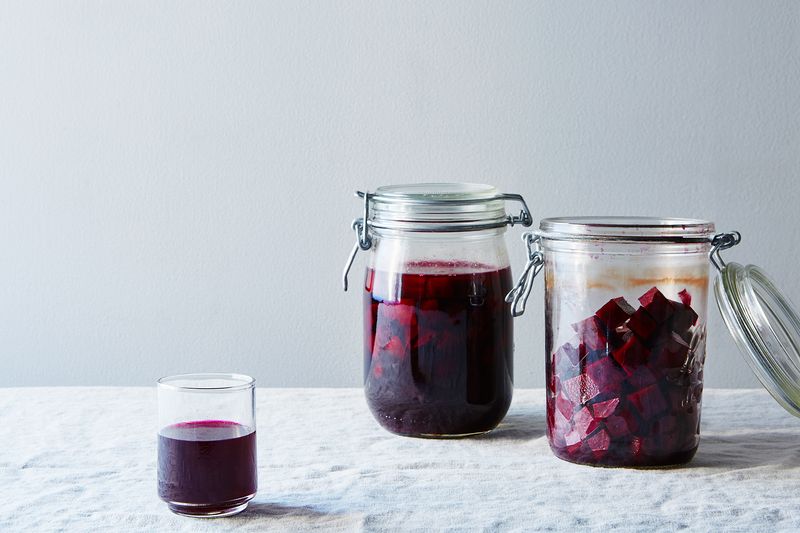
After dating around in the liquid ferment world, I continually return to the humble beet kvass. This wild ferment is stunning, surprisingly addictive, and nearly effortless to make. It's as simple as fermenting chopped beets with salt and water, or dressing them up with ginger, cloves, citrus, or turmeric. In one week, you'll have the finished product, a deeply red, concentrated liquid that tastes almost more beety than beets themselves. Diluted with sparkling water, it makes a magenta-hued tonic that is refreshingly crisp with sweet and salty undertones; it could seriously pass for a healthy sports drink. Replace the vinegar with kvass in your next homemade salad dressing, or make the most eye-catching pickled eggs ever.
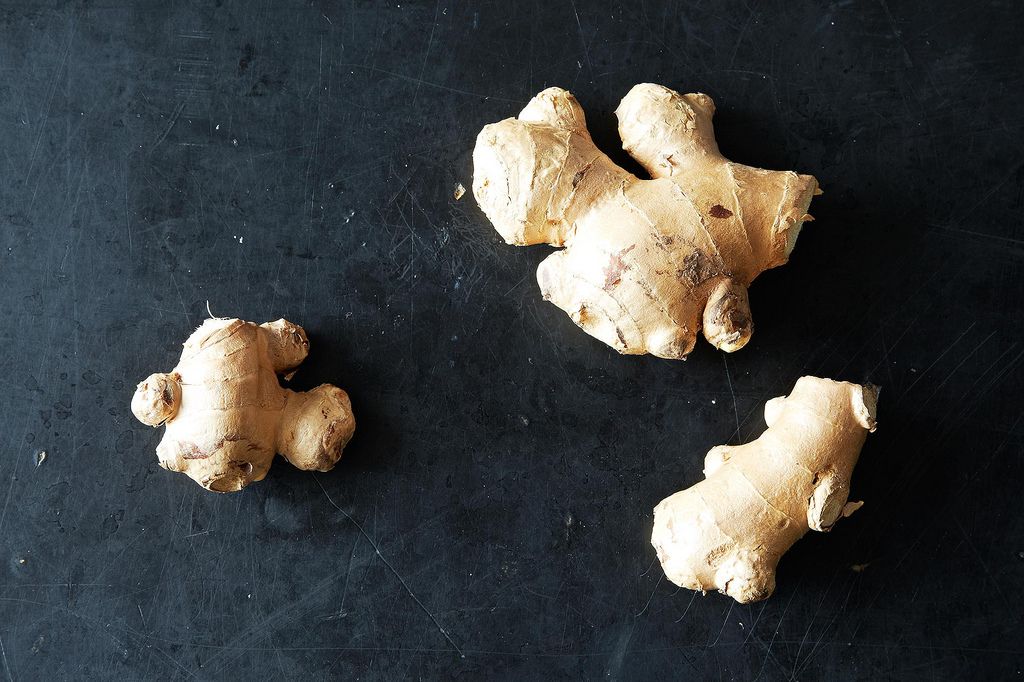
Ginger bug is the neglected immortal of my ferments. Conceived on the counter in 10 days by mixing minced ginger, sugar, and water together and inviting wild yeasts to the party, this living being will become an heirloom ferment if maintained properly. It lives on in the back corner of my fridge, despite lengthy durations of being ignored. The final product is a slurry that's meant to be added to other liquids, and then strained out through a sieve. Mix with sparkling water and enjoy its natural zing, kick up a glass of beet kvass with a tablespoon, or add some to a whiskey punch for your next party.
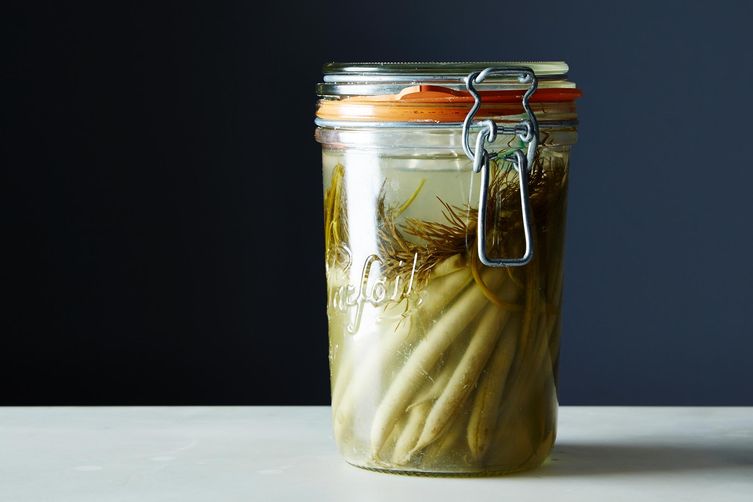
If you've played around with fermented vegetables at all, you know there's usually a pretty hefty serving of brine leftover once they've have been gobbled. Don't overlook this unassuming treasure! The brine often contains a large portion of the good bacteria, enzymes, and vitamins that result from the fermentation. Get creative with this savory mixer (think martinis or Bloody Marys), use it in your next marinade, or substitute it for vinegar in most recipes. If I think I might be coming down with something, I go straight for a shot of brine.
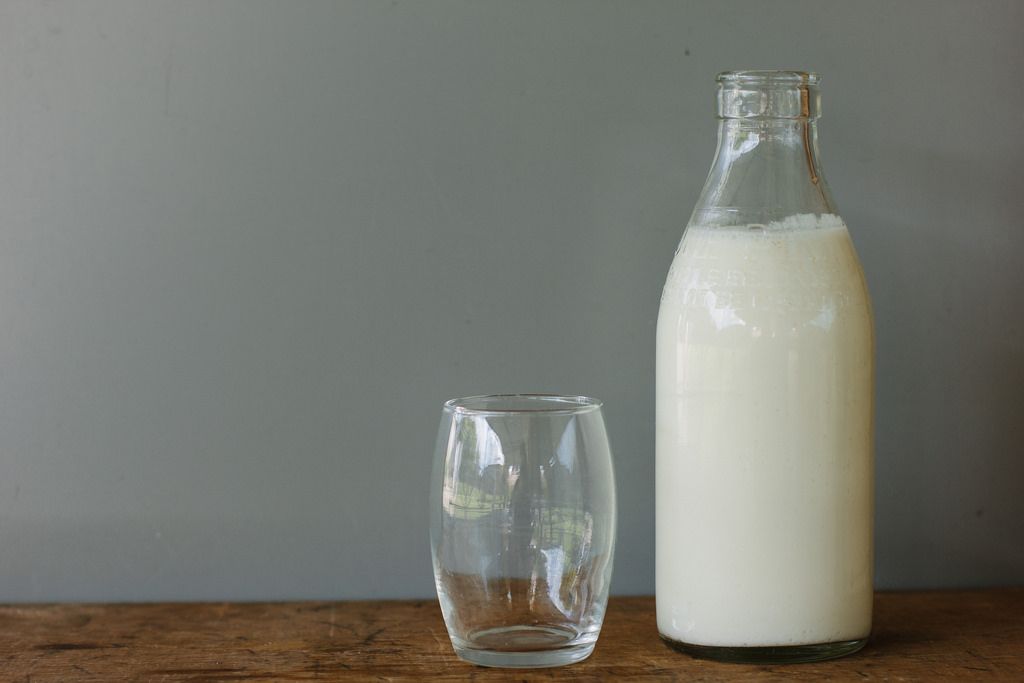
A recent addition to the dairy section at some grocery stores is kefir, a thick, yogurt-like fermented drink. You can make kefir at home with the help of milk kefir "grains," which is the type of SCOBY required to make this ferment (these kefir grains don't actually contain grains, but do slightly resemble them in appearance). Homemade milk kefir is thinner and sourer than store-bought, but it lends itself well to myriad meals: Flavor your own kefir drink with jams or syrups, blend it into your next smoothie, use it like buttermilk in pancakes and scones, or separate the curds from the whey and drain through cheesecloth for a spreadable cheese.
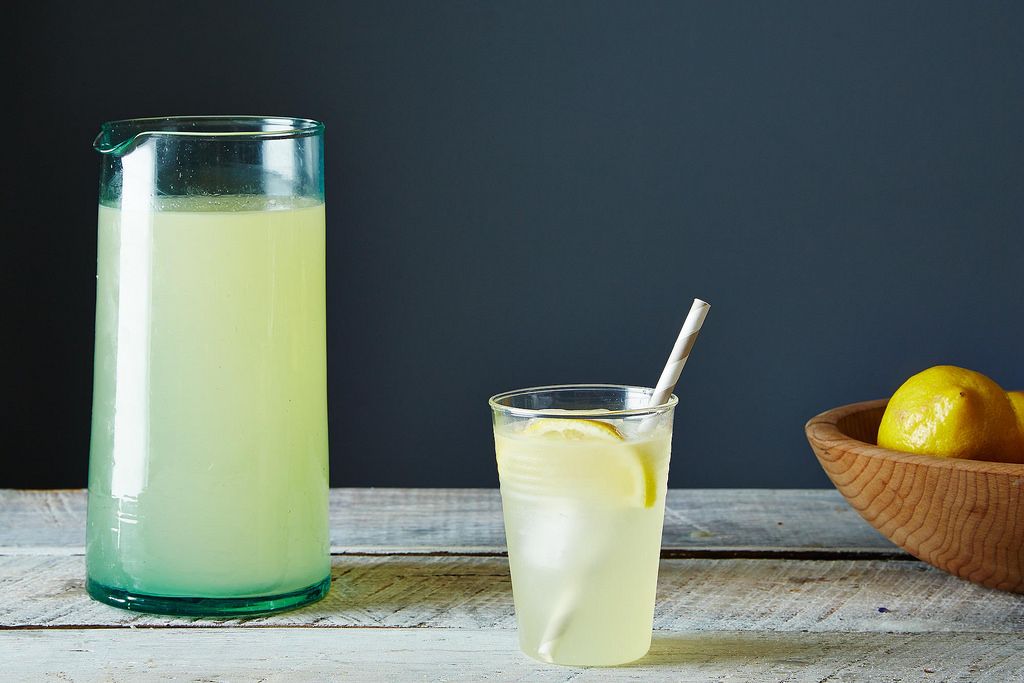
The lesser-known of kefir drinks is water kefir, which relies on different SCOBY grains than milk kefir. This is truly a hidden gem, and results in a sweet, slightly yeasty, and highly carbonated drink. Water kefir is a great liquid ferment to start with: All you do is feed a sugar-and-water mixture to the water kefir grains for the first ferment; after a couple of days, you separate the grains out and then flavor the resulting liquid and let it sit for a second ferment, during which the carbonation builds up.
Water kefir's base flavor is very simple, so the second ferment flavoring options are endless, provided they have some sweetener in them to feed the microbes. Try pieces of fresh or frozen fruit like raspberries or peaches, fruit juices like grape or orange, sweetened herbal tea mixtures (hibiscus and rose hips are lovely), or even a lemonade variation with fresh squeezed lemon juice and maple syrup.
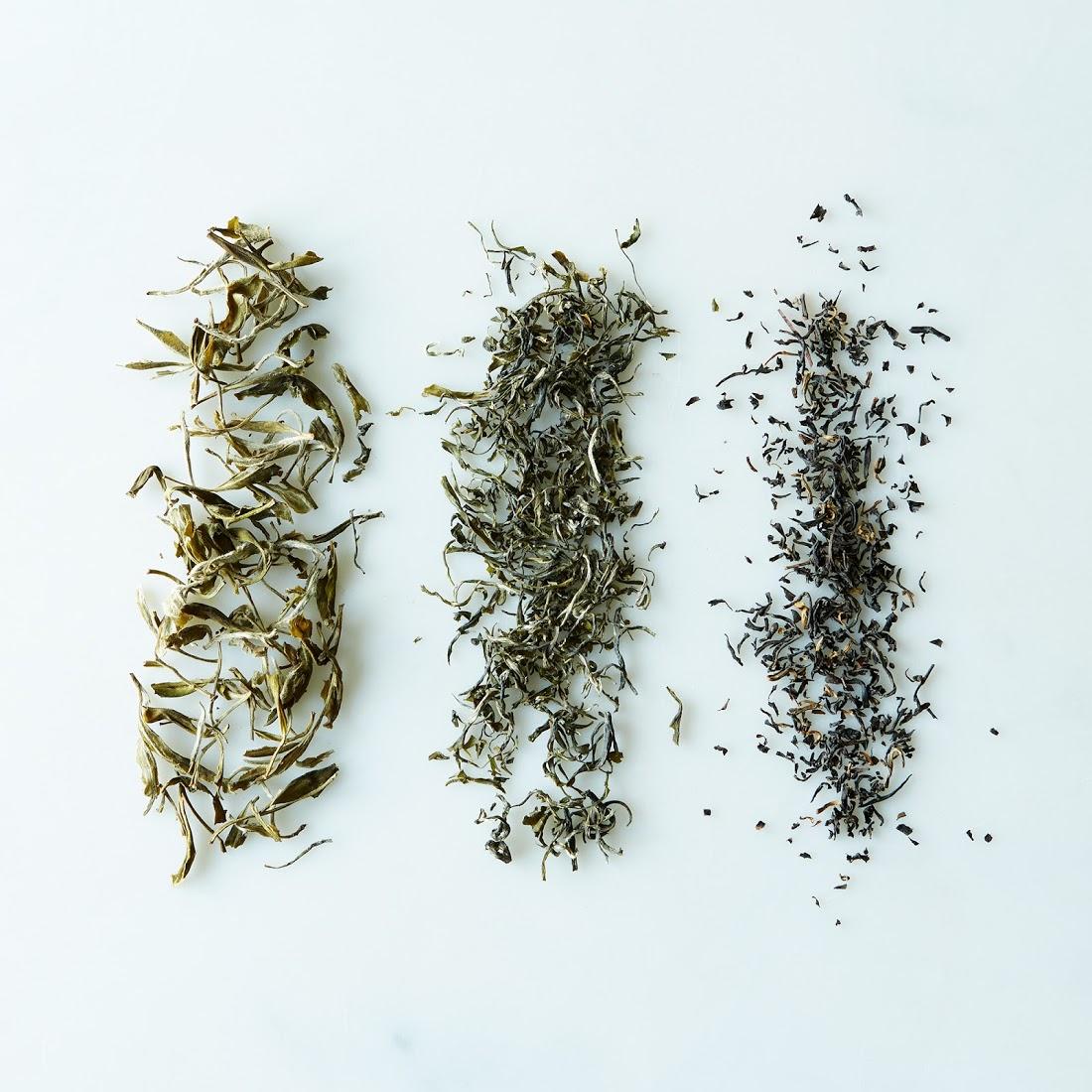
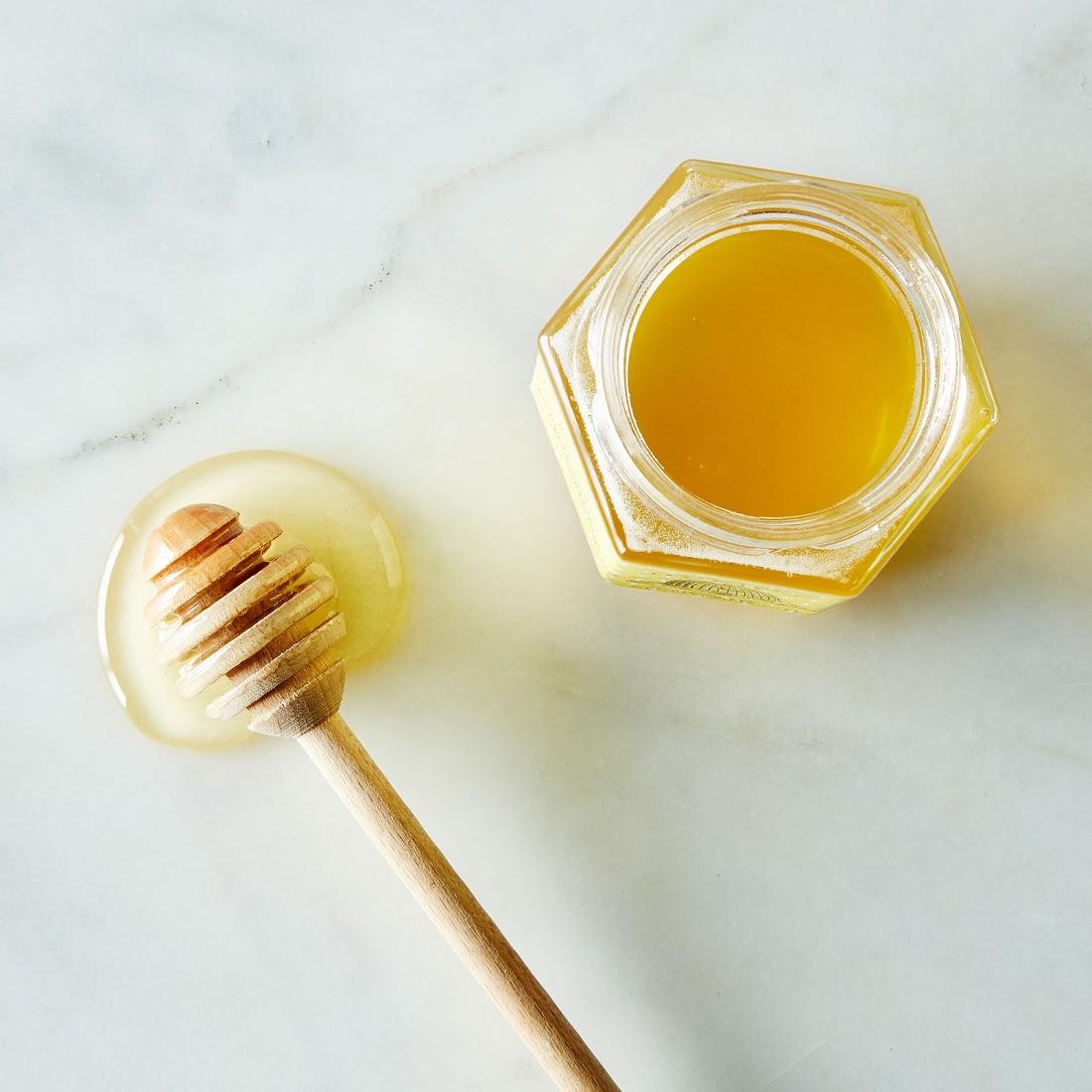
If the sharp intensity of kombucha doesn't appeal to you, try jun tea, which has been referred to as the "Champagne of kombuchas." This elegant ferment differs from kombucha in that it relies on green tea and honey to ferment, instead of black tea and sugar. The result—best after a second ferment with some added honey—is delicate and gentle. Although its SCOBY looks nearly identical to kombucha's, it is in fact very different. Due to its delicate nature, it can be a bit fragile: I have had batches of jun evolve from palatable to pure vinegar seemingly overnight, so check it often and get it into the fridge as soon as it's to your liking.
/2feac43f-712b-4f71-9187-dea4c1691253--IMG_9399.JPG)
To make two servings of this fermented pink soda, start by making a hibiscus syrup using dried flower petals. From there, combine the syrup with filtered water, grapefruit juice, grated ginger, and ginger bug (a fermented slurry of ginger and sugar) in a large glass jar and let it sit in a cool, dark place for a couple of days, until tiny little bubbles form on top. FYI: Those are a sign that the fermentation process is working and you're well on your way to enjoying a fantastic beverage.
/836d6b22-5be6-4074-b54d-7f503bfe5429--14.jpg)
Ginger beer is a key ingredient in so many mocktails and cocktails, but you can also enjoy it on its own. "There are two types of people in this world: People who like their ginger beer sweet, subtle, and unassuming, and people who like their ginger beer to kick them hard in the back of the throat," says recipe developer Catherine Lamb. This version is the latter, with a sharp flavor and plenty of zing.
/63e45824-2a3f-4201-b335-37ed2bfa2675--2015-0824_switchel_bobbi-lin_8218.jpg)
You don't need to tap a maple tree or go apple picking to make this fruity, fermented beverage that calls for a combination of apple cider vinegar, maple syrup, and fresh ginger. This recipe is also a practice in patience, as you have to wait up to 12 hours for the brew to steep before it's ready to sip.
/fcace8e2-d200-4f13-82d9-471a9f87eadf--Kefir_5.jpg)
Probiotics have become wildly popular among wellness enthusiasts, and for good reason—they have major gut-health benefits, including the ability to soothe upset stomachs and boost the number of nutrients in your system. Our homemade kefir is one of the very best fermented drinks that you can consume in order to reap these benefits. Plus, "the homemade stuff is typically more potent than store-bought, and of course fresher," says recipe developer Amanda Waddell.
Skip the 2-liter store-bought bottles and make your own ginger ale at home. Why? Because frankly, it's so much more flavorful, plus it's fun to make (we promise). This version gets plenty of spice from a combination of whole black peppercorns, grated ginger root, grated nutmeg, and lemon verbena leaves, if you want zesty citrus flavor.
Which recipe are you going to try first? Let us know in the comments below!








/2feac43f-712b-4f71-9187-dea4c1691253--IMG_9399.JPG)
/836d6b22-5be6-4074-b54d-7f503bfe5429--14.jpg)
/63e45824-2a3f-4201-b335-37ed2bfa2675--2015-0824_switchel_bobbi-lin_8218.jpg)
/fcace8e2-d200-4f13-82d9-471a9f87eadf--Kefir_5.jpg)
/1213923b-2b37-4cc5-8652-d2cba0f193fe--ginger_ale_2014_edit_2-0683.jpg)

See what other Food52 readers are saying.